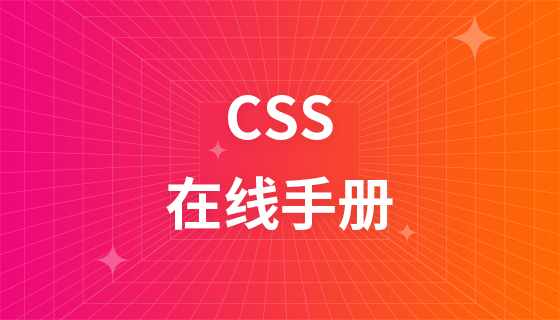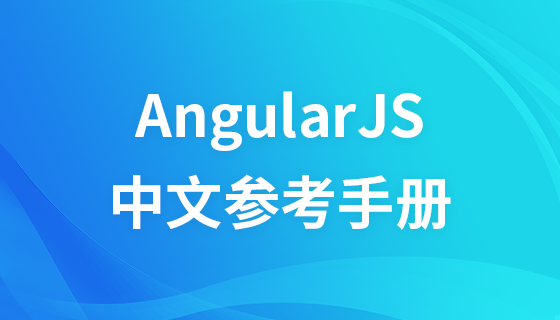
Course Introduction:How to set custom error message with JavaScript? 1. Use the setCustomValidity() method combined with native form verification, and set prompts for specific input conditions through JavaScript. For example, when the username is less than 3 characters, it prompts "the username needs at least 3 characters"; 2. Combine HTML attributes (such as required, pattern) and JS supplementary verification, and return targeted prompts according to different reasons for verification failure. For example, when the email format is inconsistent, "the email must end with @example.com"; 3. Note that after each verification, you need to call setCustomValidity('') to clear the error message and select the appropriate event (input and i)
2025-07-12 comment 0 490

Course Introduction:Laravel provides a variety of advanced data verification technologies, including encapsulating complex logic using custom rule objects, reusing verification rules using form requests, implementing conditional verification through sometimes methods, and uniqueness checking in combination with database rules. First, create a custom rule class through make:rule and define logic in passes() and message() methods, so complex verification such as age limit can be achieved; second, create a form request class using make:request to separate the verification logic and directly inject it into the controller to improve the code organization structure; third, call the sometimes() method to dynamically decide whether to verify a certain field based on the input value, which is suitable for dynamic forms
2025-07-02 comment 0 166

Course Introduction:There are two main methods for request verification in Laravel: controller verification and form request classes. 1. The validate() method in the controller is suitable for simple scenarios, directly passing in rules and automatically returning errors; 2. The FormRequest class is suitable for complex or reusable scenarios, creating classes through Artisan and defining rules in rules() to achieve code decoupling and reusing; 3. The error prompts can be customized through messages() to improve user experience; 4. Defining field alias through attributes() to make the error message more friendly; the two methods have their advantages and disadvantages, and the appropriate solution should be selected according to project needs.
2025-07-16 comment 0 845

Course Introduction:The front-end construction process is a process of converting development code into an efficient browser running form, including code compilation, module packaging, resource optimization, and version control. Common processes include: 1. Code compilation such as TypeScript to JS; 2. Module packaging and merging files; 3. Compressing JS, CSS, and image optimization; 4. Automatic hash to prevent cache. Mainstream tools such as Webpack and Vite each have their own focus, and their configuration includes entry, output, loader, and plug-ins. Build a separate development and production model. The former is hot update without compression, while the latter is compressed with TreeShaking. Common problems include module path errors, package size is too large, syntax support and image processing problems. Debugging can pass error message, dist structure checking, and sourc
2025-07-23 comment 0 896

Course Introduction:The key to using HTML templates is to understand the structure and modify the key points. First, understand that the template consists of index.html, CSS, JS files and picture folders. Checking the code structure helps position the modification area; second, when replacing the content, find the correct position, including title, paragraph, link, image path, etc., and pay attention to the consistency of the resource directory; then adjust the style by modifying the CSS class name or attribute, and realize style switching without rewriting the code; finally, test the web page function and check whether the link jump, image loading, form submission and mobile display are normal, and ensure that there are no path errors or label omissions before going online to deploy.
2025-07-07 comment 0 990

Course Elementary 13825
Course Introduction:Scala Tutorial Scala is a multi-paradigm programming language, designed to integrate various features of object-oriented programming and functional programming.

Course Elementary 82361
Course Introduction:"CSS Online Manual" is the official CSS online reference manual. This CSS online development manual contains various CSS properties, definitions, usage methods, example operations, etc. It is an indispensable online query manual for WEB programming learners and developers! CSS: Cascading Style Sheets (English full name: Cascading Style Sheets) is an application used to express HTML (Standard Universal Markup Language).

Course Elementary 13180
Course Introduction:SVG is a markup language for vector graphics in HTML5. It maintains powerful drawing capabilities and at the same time has a very high-end interface to operate graphics by directly operating Dom nodes. This "SVG Tutorial" is intended to allow students to master the SVG language and some of its corresponding APIs, combined with the knowledge of 2D drawing, so that students can render and control complex graphics on the page.

Course Elementary 24629
Course Introduction:In the "AngularJS Chinese Reference Manual", AngularJS extends HTML with new attributes and expressions. AngularJS can build a single page application (SPAs: Single Page Applications). AngularJS is very easy to learn.

Course Elementary 27488
Course Introduction:Go is a new language, a concurrent, garbage-collected, fast-compiled language. It can compile a large Go program in a few seconds on a single computer. Go provides a model for software construction that makes dependency analysis easier and avoids most C-style include files and library headers. Go is a statically typed language, and its type system has no hierarchy. Therefore users do not need to spend time defining relationships between types, which feels more lightweight than typical object-oriented languages. Go is a completely garbage-collected language and provides basic support for concurrent execution and communication. By its design, Go is intended to provide a method for constructing system software on multi-core machines.
2017-05-18 10:54:58 0 3 663
Display a message after registration in NextJS
2023-08-17 19:22:20 0 1 697
angular.js - Angular form validation
2017-05-15 16:58:38 0 1 657
Laravel Modal does not return data
2024-03-29 10:31:31 0 1 608
Can I use the automatic generation module of thinkphp5 in Windows 7 system? How to configure and use
2017-10-10 17:04:14 0 2 1407